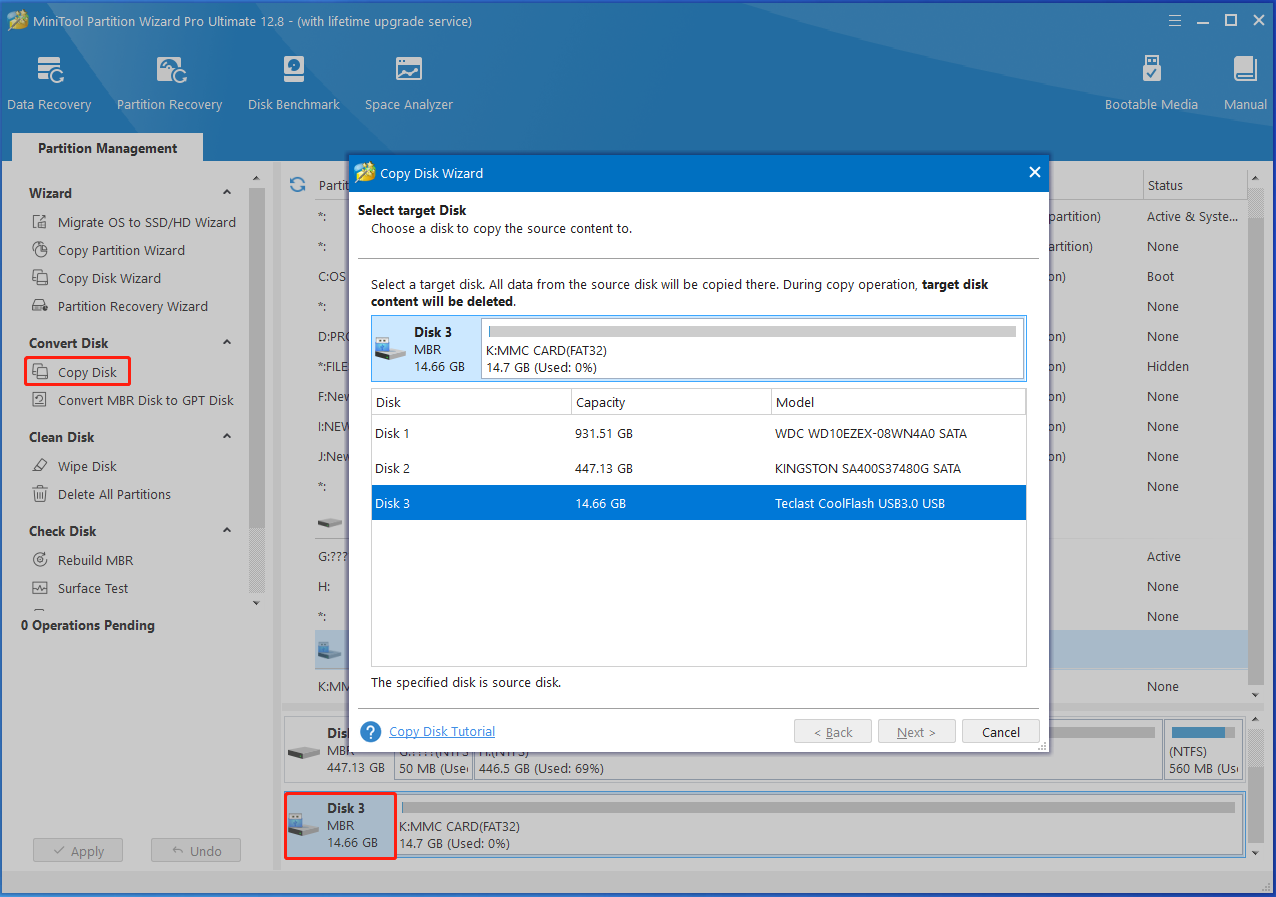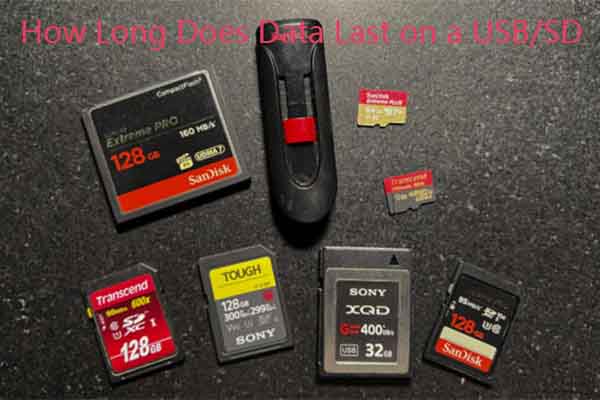Partition Magic summarizes what you should do to a water-damaged flash drive to minimize the effect of water spillages. Besides, it also lists some operations you shouldn’t do to avoid further damage to the USB.
USB drives often are used for backing up files, transferring files, and booting/installing Windows. They are popular with users. Plenty of users would buy one to meet their demands. However, various situations may occur while using it.
For instance, it may get lost, drop down on the ground, or fall into a puddle or pool. In this post, we mainly discuss water damage. What to do if your USB flash drive is water-damaged? This post reveals the answer.
Further reading:
You’d better back up files on USB drive to avoid data loss due to unexpected events like accidental deletion or formatting, drop-downs, or water damage. If you simply back up files on the USB drive, use the copy and paste feature or data backup software like MiniTool ShadowMaker.
MiniTool ShadowMaker TrialClick to Download100%Clean & Safe
To clone the USB drive entirely, you can use MiniTool Partition Wizard. Its Copy Disk feature enables you to clone the USB to another drive within a few clicks. It can be used as a USB clone tool.
MiniTool Partition Wizard FreeClick to Download100%Clean & Safe

What You Should Do
What you should do to a washed or wet flash drive to minimize the effect of water spillages? Here are some tips for you.
- Get the USB drive from the water: Pick up your USB drive and place it in a flat location.
- Dry the surface: Wipe the water on the surface of the USB drive by using some kitchen rolls and a dry towel or a clean soft rag. To avoid turning the USB over and spreading any water internally, place the device in the towel, wrap it carefully over the top to dry both sides, and then leave it in place for a few minutes.
- Remove the cap: If your USB has a cap, remove it to expose the connector. It’s also recommended to remove the outer shell in some cases. However, this is only an option if you are willing to put everything back together once it’s dry.
- Dry the internal components: There are several available methods to do that. You can utilize the conventional rick trick and submerge the device flat into a sealable container of dry rice, which will soak up some moisture.
If the USB drive drops into salt water, you’d better rinse the drive with fresh water before drying it. Due to the high corrosive properties of the salt, leaving behind any salt water residue can cause serious harm to the internal functions of the USB.
What You Shouldn’t Do
To avoid further damage, you shouldn’t do the following things to a water-damaged flash drive.
- Connect to your computer or other USB devices: By doing so, you will begin the read-and-write cycle when the device is wet. This can corrupt the stored data and even damage the USB port itself.
- Move the USB around too much: If you move the USB too vigorously, you might further spread the water internally.
- Use heaters or hair dryers: This poses the risk of erasing the data.
- Leave the USB outdoors: It will be fine for a finite period, but excess heat from exposure to the sun may aggravate the internal components, especially if the device is still wet.
Can You Recover Lost Data from Water-Damaged USB Drive
Can I recover files from washed USB flash drive? This is one of the most concerning things after drying a washed or wet flash drive. Well, the answer depends on the condition of the USB drive. After the USB is dried up, plug it into the computer and check if the PC recognizes the volume.
If the USB drive appears on the computer, check if the data remains. If not, try recovering lost data from water-damaged USB drive via MiniTool Partition Wizard. If the USB drive is not showing up, contact a professional computer services/repair company to see if it’s possible to recover data from it.
MiniTool Partition Wizard DemoClick to Download100%Clean & Safe
Also read: How to Fix an Unformattable and Unusable USB Drive? Solved
Conclusion
This post tells you how to dry a water-damaged flash drive correctly, collects some advice on avoiding further damage to the washed or wet flash drive, and reveals the possibility of recovering data. If you also get a water-damaged flash drive, you can refer to this guide to cope with it.

![Do’s and Don’ts for Using USB Flash Drives [Full Guide]](https://images.minitool.com/partitionwizard.com/images/uploads/2023/05/dos-and-donts-for-using-usb-flash-drives-thumbnail.jpg)

User Comments :